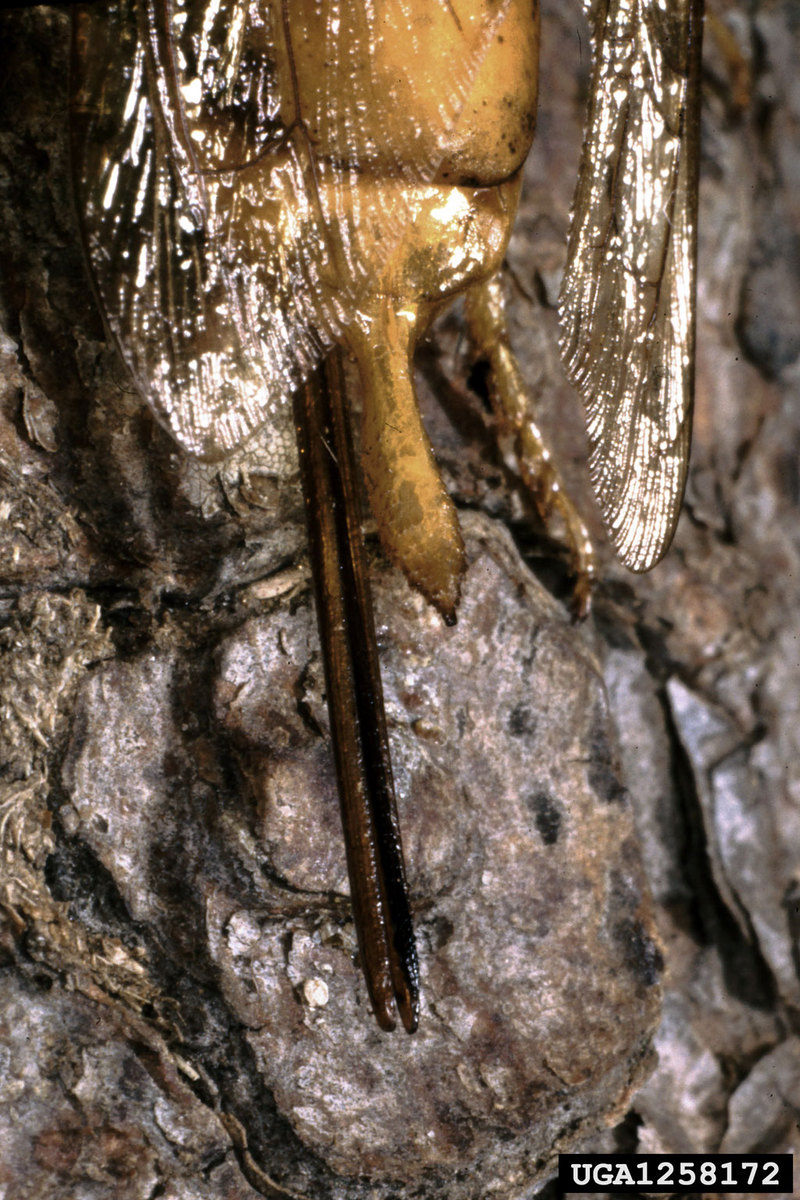|
| Query: Giant wood wasp | Result: 18th of 24 | |
giant wood wasp (Urocerus gigas) <!--잣나무송곳벌-->
| Subject: | giant wood wasp (Urocerus gigas)
| | Poster: | Phoby (phoby@notmyphoto.com)
| |

| Resolution: 1024x1536
File Size: 379489 Bytes
Upload Date: 2006:01:23 13:24:28
|
giant wood wasp
Insecta (Hexapoda) > Hymenoptera > Siricidae
Urocerus gigas L.
Photographer: Stanislaw Kinelski,
Contact: Lidia Sukovata, Polish Forest Research Institute
Descriptor: Feature(s)
Description: End of female abdomen and ovipositor
Image Citation:
Stanislaw Kinelski, , www.forestryimages.org
Image Use:
This image may be copied and used, in whole or in part, for any non-profit, educational purpose provided that all reproductions bear an appropriate credit. Any commercial or other use of the image requires the written permission of the photographer or contact organization, and Forestry Images. |
^o^
Animal Pictures Archive for smart phones
^o^
|
|